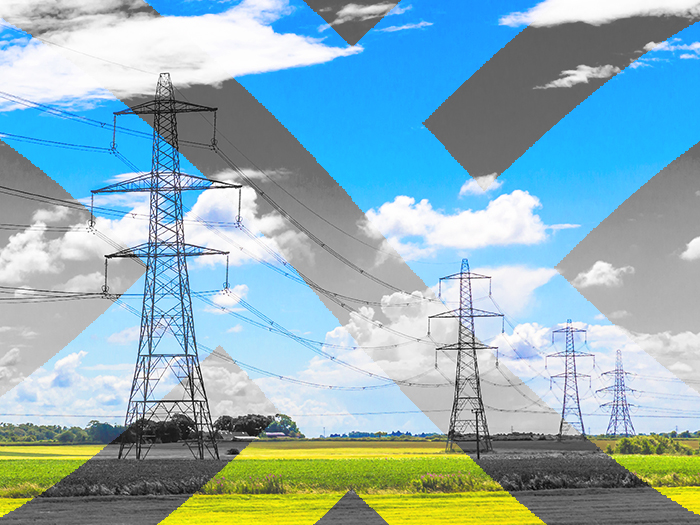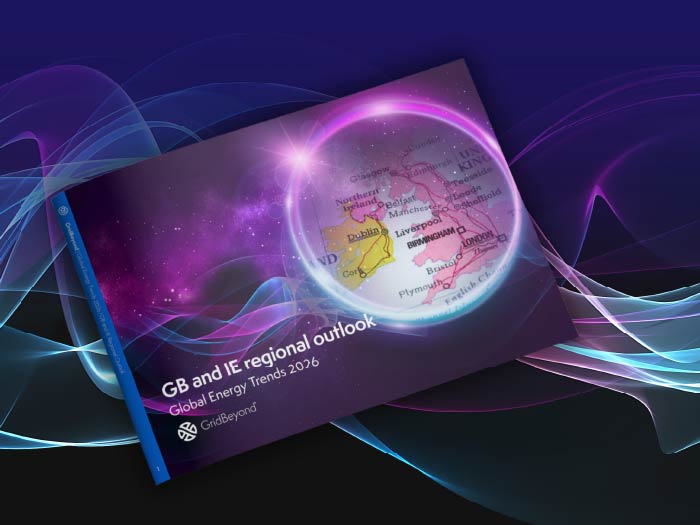News
better business decisions
Posted 5 months ago | 3 minute read

NESO sets out roadmap to clean power and net-zero
The National Energy System Operator (NESO) has outlined a set of pathways to decarbonise Britain’s energy system by 2050 and reach clean power by 2030.
In its 2025 Future Energy Scenarios (FES): Pathways to Net Zero, published on 14 July, NESO notes that the government’s Clean Power 2030 (CP30) Action Plan sets a clear benchmark and represents a critical milestone but that it is important that post-2030 efforts maintain momentum. NESO uses “waves” to describe the phases in which progress will occur up to 2050. It says that the initial “Foundation” wave has already laid the necessary groundwork for the next wave which focuses on acceleration, scaling up the markets for uptake of new low carbon technologies and delivering clean power. But it highlights the needs for “bold and sustained action” across all sectors of the economy and identifies green gases, electrification, demand-side flexibility, and infrastructure investment as critical enablers of success.
Rapid action over next five years will enable a third wave enabling energy growth, rollout of new low carbon technologies and infrastructure expansion. The final wave will then embed the transition to a long-term, secure and clean energy system to 2050 and beyond.
In the pathways, total installed generation capacity grows beyond 2030: between then and 2040, 116GW-125GW is added, with a further 52-72GW added between 2040-2050. In all the pathways the proportion of distributed generation remains comparable to today at around 30%-35% but this is as part of a far larger electricity system.
Across all scenarios, NESO stresses the importance of whole system planning and smart technologies. It notes that demand-side flexibility alone could reduce peak electricity demand by 54% by 2050, with vehicle-to-grid technologies potentially supplying up to 41GW of flexibility capacity at peak. Smart charging could shift EV peak demand by 83%, while heat pumps could shift their peak by 36%.
FES 2025 identifies four key areas into which the ‘critical enablers’ for success fall:
- Energy efficiency – managing demand growth and reducing cost of energy for consumers. Policy and innovation can enable efficiency improvements and adoption of measures across all sectors.
- Demand flexibility – greater levels of flexibility offer greater opportunities to make more efficient use of low cost renewable energy. Increased consumer flexibility complements supply side (where most comes from at the moment) and was a big feature of last year’s FES. NESO states: “Making participation effortless and fair would increase confidence in outcomes through consistent positive impact and so is critical for success.”
- Infrastructure and energy supply – infrastructure expansion is needed, and communities need to understand how they benefit from clean energy to encourage support of the expansion. Notably the government’s Planning Bill includes monetary compensation for households near to new electricity pylons.
- Switching to low carbon technologies – this is vital in the transition, but FES 2025 states Great Britain is an ‘engineering powerhouse’ and can harness that potential to enable the development of electrification, carbon capture and low carbon fuel technologies.





